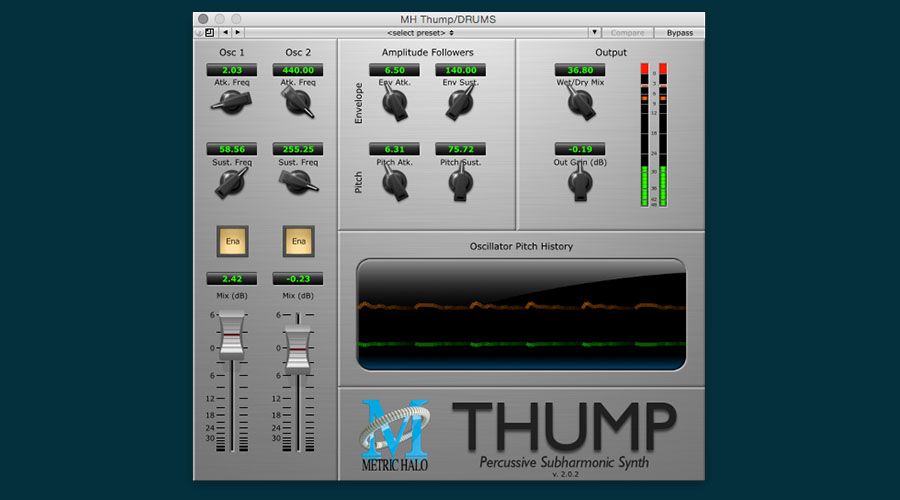

- Free vst for mac os license key#
- Free vst for mac os pdf#
- Free vst for mac os software#
- Free vst for mac os password#
I know that sounds silly, but it is too much of a security risk to have users access their accounts with an easy password.
Free vst for mac os password#
I switch accounts on that machine from the IT account to the employee's account and I create that account with a 16 character randomly generated password so that the user cannot log in and use "his or her" Skydrive account.
Free vst for mac os software#
Then I create a Skydrive/Microsoft user account on the local machine where the software is installed using the employee's company email as the account name.

What I have done is set up a single Skydrive/Microsoft IT account where I activate all Office 2013 keys (so far only about 5 or so). You cannot run the car without a gas tank, and you cannot run Office 2013 OEM without a user account with severe and ill-defined restrictions. Because the gas tank problem may or may not be resolved until June. It's like you were sold a car from the Ford Motor company and then you suddenly notice it had no gas tank.

On a personal note, I find it very strange that Microsoft would release a product we cannot use. The next test I am doing is going through the "rename my account" thing and seeing where I can go from there. Can you still use your product or will the product now consider itself to be unactivated? I spent over a hour on the phone with Microsoft, got transferred five times, and got the answer that you can still use the product but I do not trust that answer because everyone I spoke with sounded really tentative and unsure of themselves and had to put me on hold while they "researched the answer". I also do not know whether you can still access your Office product if you create an account, activate the product, then close the account. The answer is no, that is, it is a great way to prevent anyone from ever using that email address again for this purpose. I did this because I wanted to know if I created an account with a certain IT-related email address then wanted to change or close this account in order to re-associate the product key to another account whether I could then still use the IT-related email as an account. When I tried to recreate the account using the same name, I could not because I am now told that the email address is not available. I did a test where I created an account, then closed it. Now, correct me if I'm wrong but doesn't that imply you are not really doing anything other than merely renaming your account? How is that helpful?

Free vst for mac os pdf#
I looked at Anders1173's pdf document Office_Consumer_Redemption_FAQs_to-partner.pdf and noticed that the current fix for changing the Microsoft account associated with the Office product is by signing into the account and selecting "rename my account". I'm doing a test right now regarding creating a new account. I understand that this would be awkward for large companies, however. Maybe this will help anyone else faced with small business clients.
Free vst for mac os license key#
This way the Office OEM license key is not only tied to the computer hardware, but also if the employee John quits, there are no worries about having used John's personal account. Obviously a secure password is all you need to deny employee access to this account. The users of this computer (John) can be denied access to the new Microsoft account and its associated Skydrive account by the IT people as a security precaution while still allowing the activation of any installs by the IT staff. Create this new email address: " and forward anything that email address receives to a central IT Admin email account set up just for the purposes of activation. For example, suppose the employee/computer user is "John" and the computer name, which is part of a workgroup, is "servicecounter02". Because we have unlimited email addresses as part of our hosting package, adding a new email address is not a problem. How about this scenario: Create a user account for the computer, not the employee.


 0 kommentar(er)
0 kommentar(er)
